
Chosen Theme: Key Technologies in 3D Printing
Explore the essential processes driving additive manufacturing today—from extrusion to lasers and light. Dive into practical insights, stories, and tips that help you choose the right technology for your next build. Subscribe and share your experiences to shape our next deep dives.

Every print begins with a digital model, sliced into layers that a machine recreates by depositing or fusing material. Whether extruding filament, curing resin, or melting powder, the core principle is controlled layering. What was your first layered success? Tell us below.
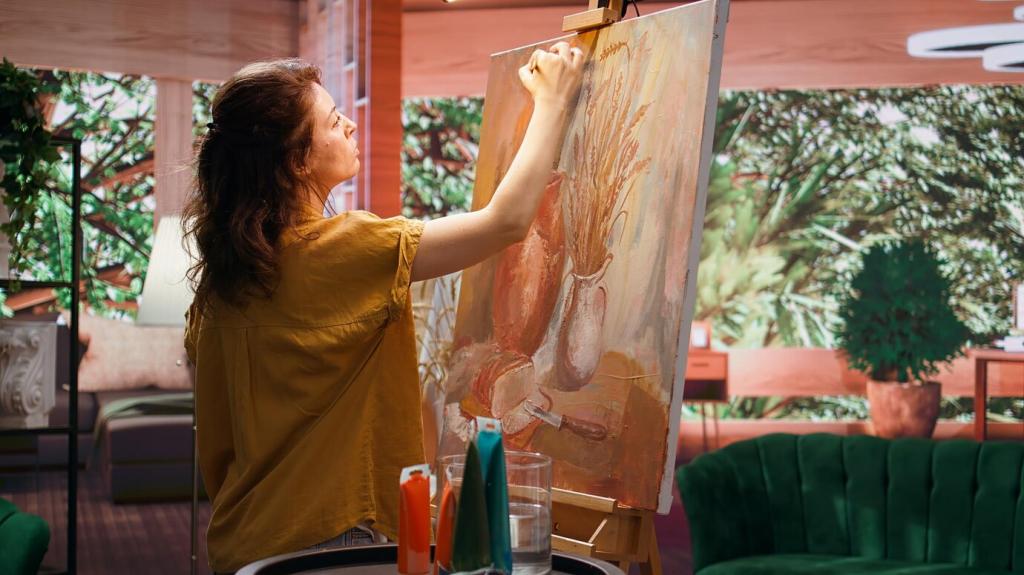
Each technology offers distinct tolerances, surface finishes, and mechanical properties. Choosing wisely saves time, cost, and post-processing. Consider strength directionality, feature resolution, and part size. Comment with your biggest selection challenge, and we’ll point you to a fitting process guide.

SLA emerged in the 1980s thanks to Chuck Hull, soon followed by SLS and, later, accessible FDM through open-source momentum. Today, the toolbox spans metals, polymers, and composites. Want more bite-sized history and breakthroughs? Subscribe for our timeline series.
How Extrusion Works
A heated nozzle softens filament while precise motion lays down beads that solidify into layers. Nozzle size, cooling, and extrusion flow shape feature detail and strength. Share your go-to settings for PETG or ABS, and help newcomers avoid stringing nightmares.
When to Choose Extrusion
Pick FDM for functional jigs, fixtures, and prototypes where ruggedness matters over ultra-smooth finishes. It shines with large parts, fast iterations, and affordable materials. Comment with your favorite filament blend—carbon fiber nylon or flexible TPU—and why it wins for you.
Vat Photopolymerization (SLA/DLP/CLIP): Light-Shaped Precision
SLA lasers trace each layer, while DLP projects full-layer images, and CLIP accelerates with oxygen-permeable windows. Resin formulations tune toughness, temperature resistance, and biocompatibility. Tell us which resin family you trust for tiny threads or snap-fit enclosures.
Vat Photopolymerization (SLA/DLP/CLIP): Light-Shaped Precision
Resin prints need smart supports to prevent warping and ensure fine features survive. Post-cure boosts strength and accuracy. Orientation affects gloss, stair-stepping, and peel forces. What orientation tricks give you mirror finishes? Drop a tip for fellow readers.
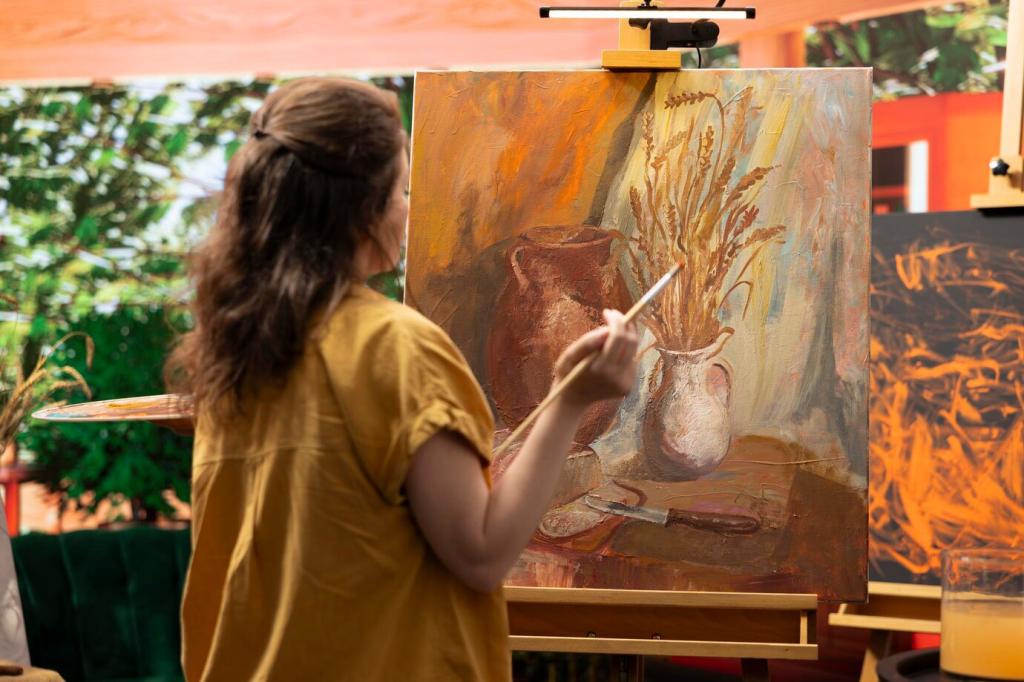
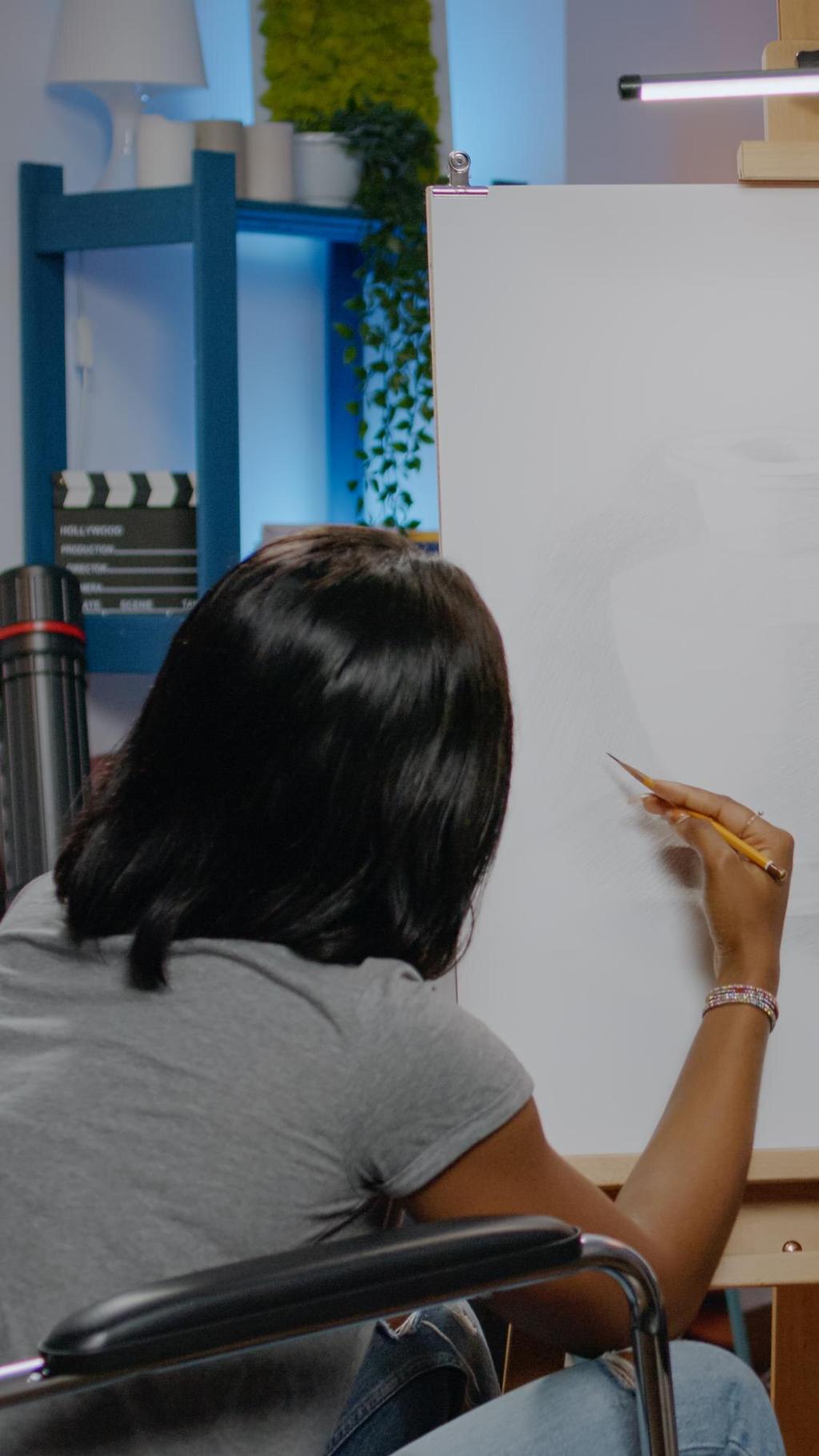
Powder Bed Fusion (SLS, SLM/LPBF, EBM, MJF): Strength from Powders
Thermal Management and Porosity Control
In metals, laser power, scan speed, and hatch strategies control density and residual stress. Preheating and clever scan patterns reduce warping and microcracks. Curious about porosity analysis and CT scans? Ask your questions—we’ll cover testing methods in our next post.


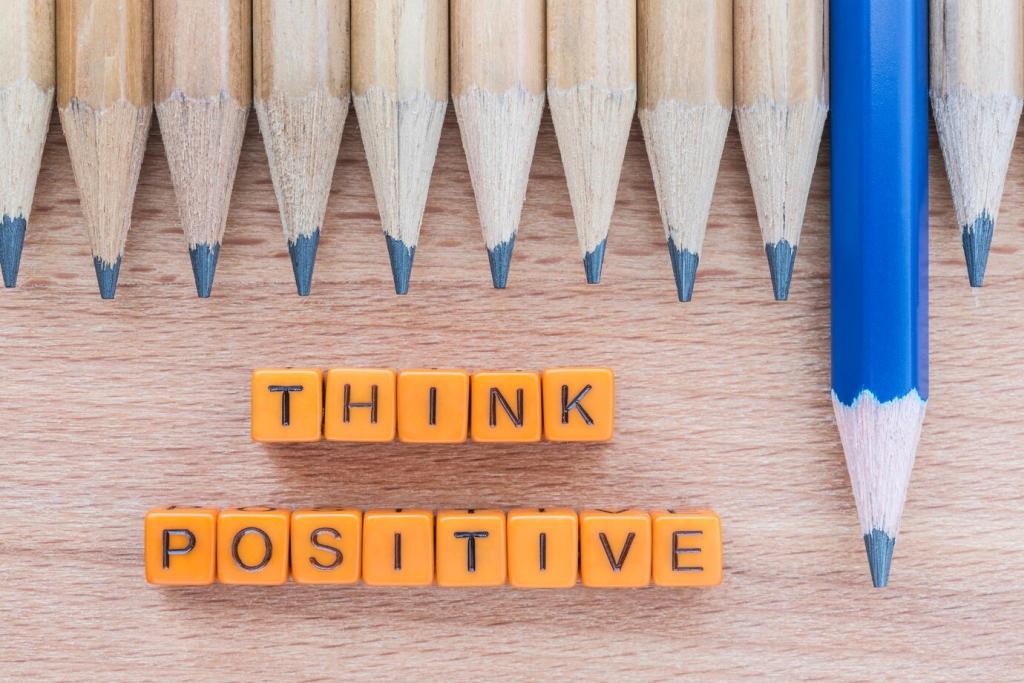
Material Jetting: Color, Clarity, and Tactile Gradients
Micro-droplets land with high accuracy, stabilized by UV flashes before full curing. Layer-by-layer, the system locks in crisp edges and smooth transitions. If you’ve tuned droplet overlap for clarity, tell us your favorite settings for transparent shells.
Material Jetting: Color, Clarity, and Tactile Gradients
Blend materials to achieve full-color visuals and variable hardness in one build. Think soft-touch grips bonded to rigid cores, no assembly required. What’s your most convincing prototype finish—wood, brushed metal, or translucent lenses? Share a snapshot and your material mix.
Binder Jetting and Sintered Strength
The binder glues powder grains into fragile shapes, enabling fast builds without high heat in the printer. After depowdering, parts enter debind and sinter cycles. Curious about open vs. closed binder systems? Ask below, and we’ll compare chemistries.
Binder Jetting and Sintered Strength
Parts shrink predictably as pores collapse, so scaling factors and sintering profiles are critical. Fixtures help control distortion, while simulation predicts hotspots. Share your hardest geometry to sinter straight; we’ll crowdsource fixturing strategies from readers.
Binder Jetting and Sintered Strength
A tooling shop binder-jetted stainless gears, then sintered and tumbled them for a smooth finish. Cost dropped sharply versus machining prototypes. Want the cost and time comparison template? Subscribe, and we’ll include it in next week’s download.
Directed Energy Deposition (DED) and WAAM: Build, Repair, Grow
Process Heads and Toolpaths
Multiaxis heads deliver laser or arc energy while metering powder or wire. Toolpaths control bead geometry, dilution, and heat input. If you’ve tuned weaving patterns for better sidewall finish, share your go-to parameters for stainless or Inconel.
Where DED Excels
DED shines in repair, cladding, and oversized components beyond typical powder bed volumes. It’s superb for graded materials and rapid deposition rates. Tell us which industries you see adopting WAAM fastest—marine, energy, or heavy equipment—and why.
Field Repair Story
A turbine blade’s eroded edge was rebuilt on-site using laser DED, then machined to spec. Downtime plummeted versus replacement. Want our repair-prep checklist—from inspection to post-machining? Comment “CHECKLIST” to get it in your inbox.
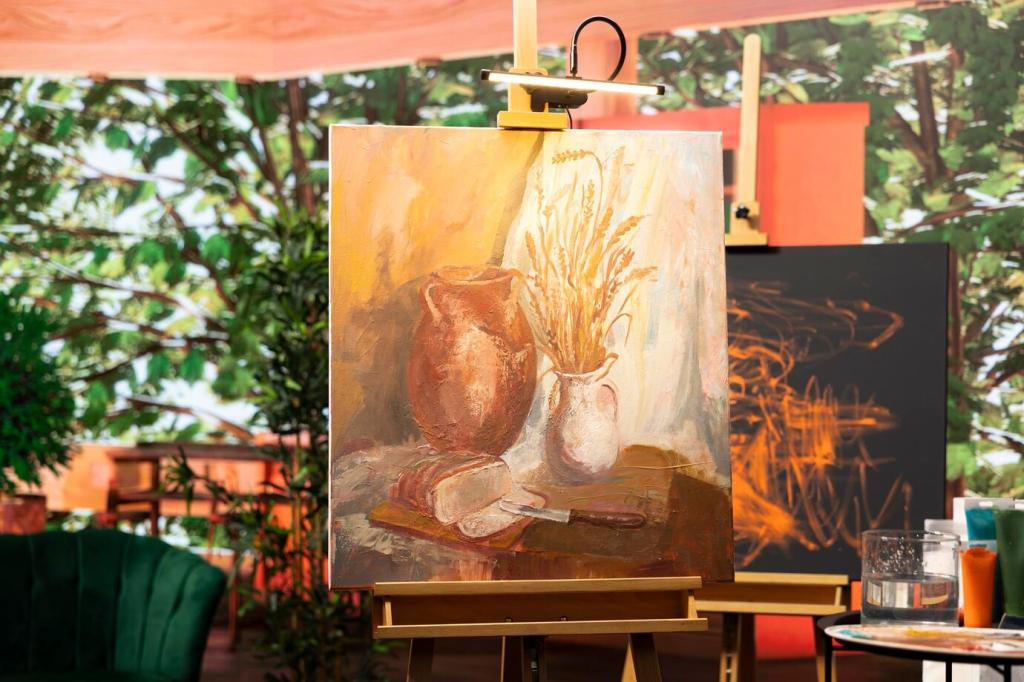
Software, Slicing, and Process Simulation: The Hidden Engine
Slicers set layer heights, infill, and speed while generating supports and toolpaths tailored to each technology. Preview, verify, and iterate virtually. What slicer feature saved your last project—ironing, arc-aware infill, or custom scripts? Share and compare.

